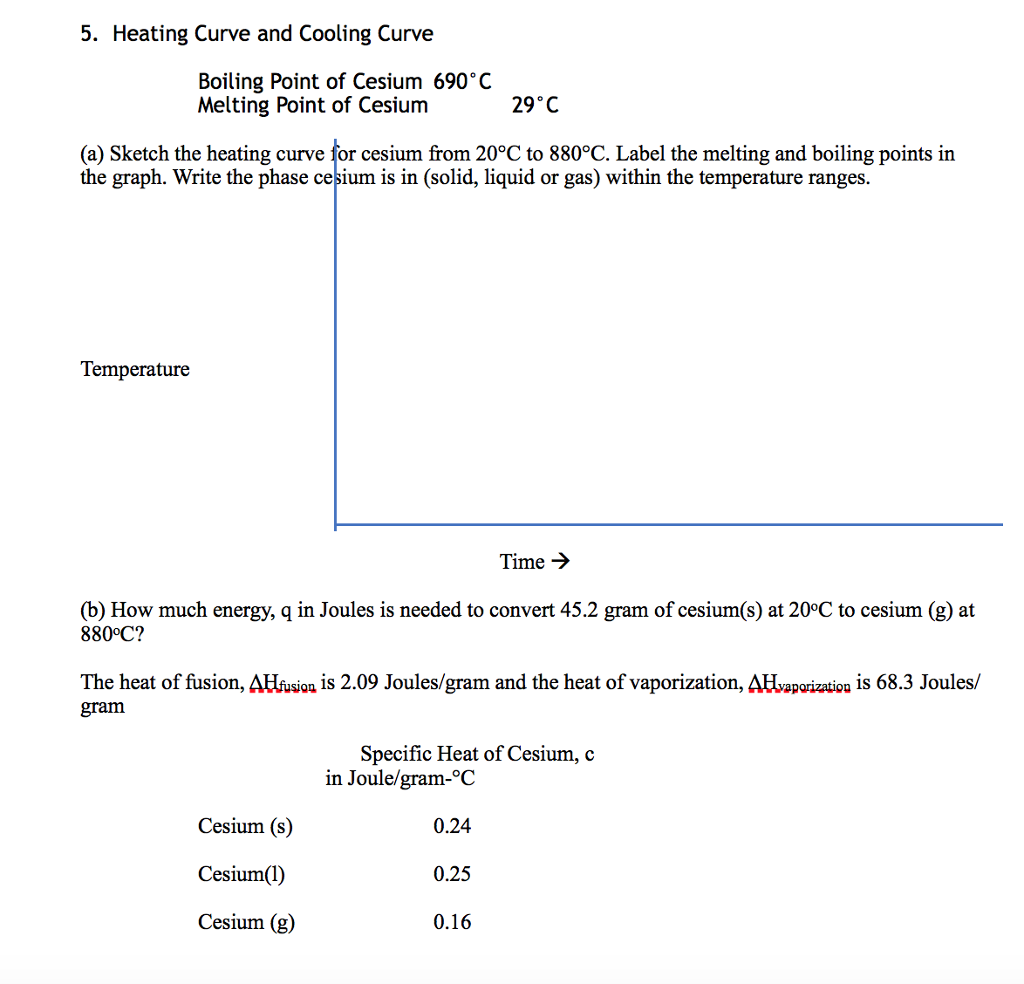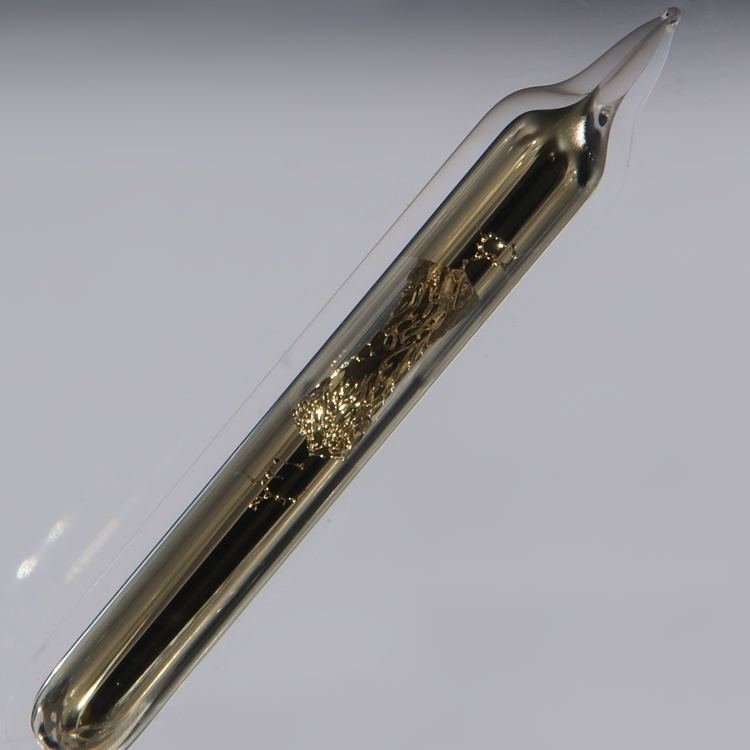


Caesium melting point tv#
Caesium oxide, consists of caesium and oxygen, is exploited in devices like vacuum photodiodes and TV camera tubes. Caesium carbonate, a compound with the formula Cs2CO3, is used in organic synthesis as well as in energy conversion. In addition, Caesium is employed as an industrial gamma-ray source. It can be also used in thermionic power converters. Uses of CaesiumĬaesium (Cs), also known as Cesium, is used in photoelectric cells, vacuum tubes, scintillation counters, spectrophotometers, atomic clocks (caesium clocks), and photomultiplier tubes. Other applications of caesium and its compounds include optical glass producing, producing drilling fluids, as well as being used as a catalyst in chemical industry. Such clocks are used for GPR connections and mobile networks. The most common use of this element is producing so called Caesium clock, which is an atomic clock with extremely high precision. It is a soft, silvery-golden alkali metal with a melting point of 28.5 ☌ (83.3 ☏), which makes it one of only five elemental metals that are liquid at or near room temperature. Caesium has no biological importance and in its pure form is not toxic or poisonous. Caesium (IUPAC spelling cesium in American English) is a chemical element with the symbol Cs and atomic number 55. Aluminum Alloys have a lower temperature. Melting points of Copper Alloys (including bronzes, pure copper, and brass) are lower than iron, at ranges around 1,675-1,981F / 913-1,082C. This element can be found in minerals and is stored in oil as it is very highly reactive. The melting point of iron alloys and the melting point of steel, occur at higher temperatures, around 2,200-2,500 Fahrenheit (F) / 1,205-1,370 Celsius (C).

The name of this chemical element is derived from a Latin word meaning blue flames which can be seen when this element burns. Boiling Point: 678.4 C (951.55005 K, 1253.12 F) Number of Protons/Electrons: 55 Number of Neutrons: 78 Classification: Alkali Metal Crystal Structure. (Mixing it with molten sulfur is particularly explosive.Caesium is a soft metal of yellowish color, which is very highly reactive and can explode in water. You can see it in action in this video from Thoisoi2 - Chemical Experiments!, which demonstrates some of the volatile reactions that cesium will produce. Compound A is a solid with a melting point of 125 degrees Celsius, and compound B is a gas at 25 degrees Celsius and 1 atm of pressure. Even if the stuff is cooled to minus 177 degrees Fahrenheit, dropping it in water will cause an explosive reaction with the oxygen in the liquid. Classify each compound as ionic or molecular. Per gram, cesium is more expensive than gold, and when it solidifies, it forms delicate crystal structures that even look like gold.īut toss it in water, or just leave it exposed to the ambient air, and it will self-ignite to send up purplish-pink chemical flames. With an extremely low melting point of 28.5 degrees Celsius, or about 83 degrees Fahrenheit, cesium is one of only five elemental metals that is liquid at near-room temperatures. It is highly reactive and pyrophoric, meaning that the mere oxygen in the atmosphere is sufficient to make it go up in flames.

Cesium, or caesium, is an alkali metal on the periodic table with the atomic number 55.


 0 kommentar(er)
0 kommentar(er)
